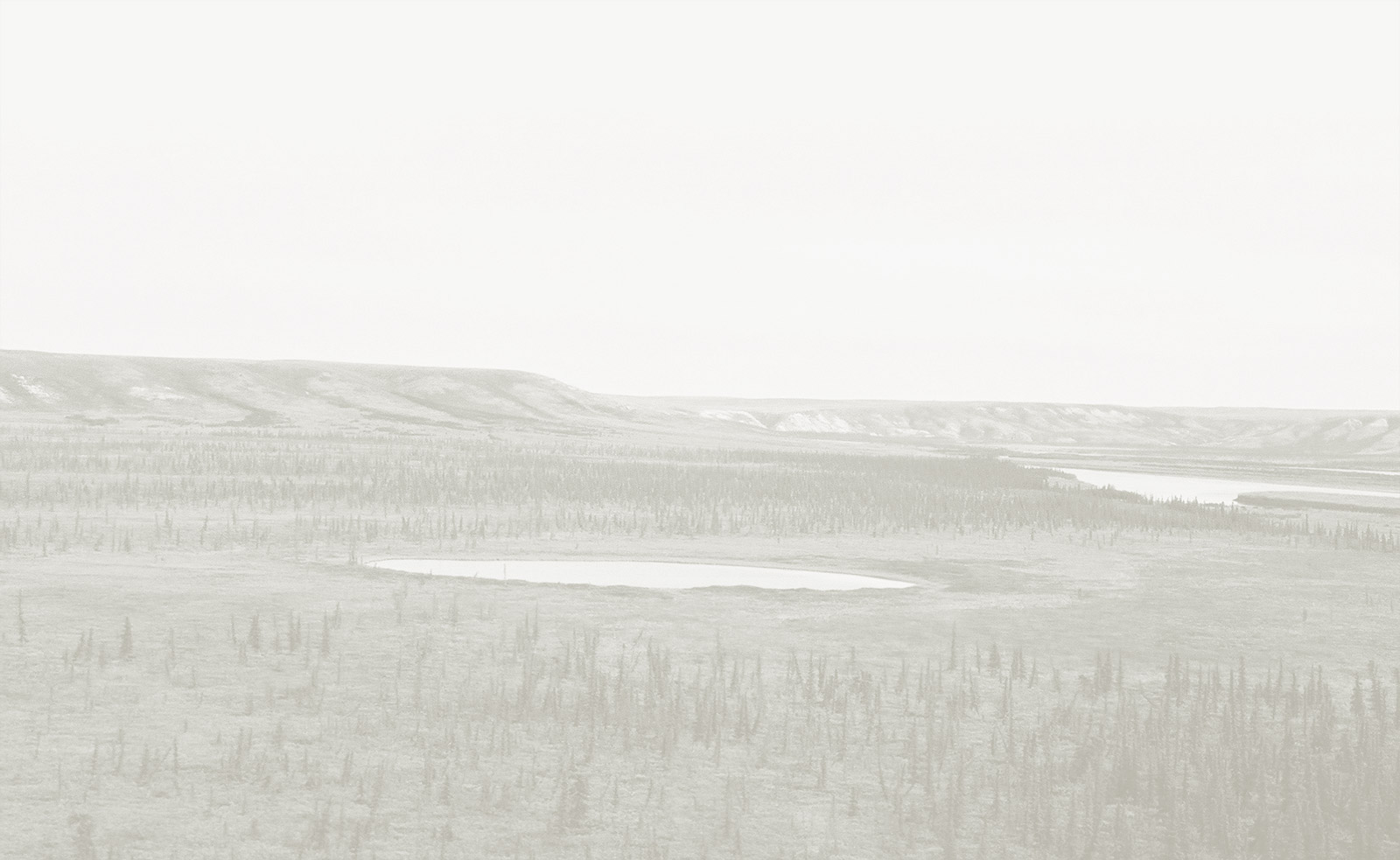


Qulliq
Lamps carved from soapstone were used for lighting and heating dwellings. Oil placed in the shallow basin was soaked up by a moss wick and set alight. Lamps used in sod houses ranged up to a metre in length. Smaller lamps around 20 cm in length were commonly used to illuminate and warm up snow houses when travelling in winter.
"(…) the lamp was a hollowed out piece of black stone (…) measuring 18 by 12 inches and shaped like a small flat boat. Just above the lamp a slender stick had been sunk horizonally into the crumbly soil and folded over this stick were strips of rancid whale-blubber. Four or five wicks of moss laid on one edge of the lamp were soaked in fish oil and then lighted. The flame slowly melted the blubber hanging just above, and this oil or liquified blubber then dripped into the lamp cavity, was soaked up by the wicks and kept the flames burning." (Émile Petitot, quoted in Savoie, 1971: 168)